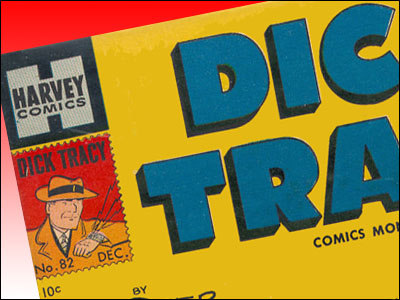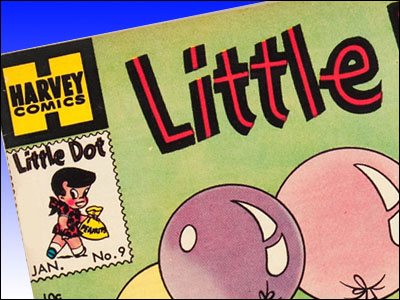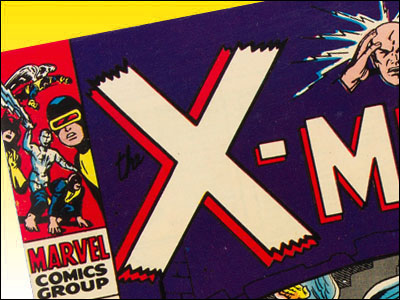As everyone knows, the character of Spider-Man debuted in the fifteenth and final issue of Amazing Fantasy, which reached newsstands on or about June 5, 1962. Amazing Fantasy was only Amazing Fantasy for that one issue. Before that, it was called Amazing Adventures for a while and then it was called Amazing Adult Fantasy. The change of titles and formats were (obviously) because it didn't sell all that well.

Stan Lee used to always say that since his publisher, Martin Goodman, had decided #15 would be the last issue, he and artist Steve Ditko decided to get a little experimental. With the attitude of "What do we have to lose?" they gave the first half of #15 over to this new character called Spider-Man. They did that one story and when the issue got the reaction it got, the publisher was willing to launch the character in his own comic book. Amazing Spider-Man #1 came out on or about December 12 of 1962.
That's how the story is always told and I tend not to believe it. There is evidence supporting the theory that when Lee and Ditko did that first story, they had no idea that that would be the last issue of Amazing Fantasy; that that decision had not been made yet. There is, in fact, a blurb in that issue urging you to purchase the next issue. I believe the decision to terminate the title was made not only after they'd finished the story in #15 but after they'd finished a Spider-Man story for #16 and done at least some work on one for #17. When Spider-Man got his own comic, those stories appeared in that book.
The reasons some of us historian-types believe this will be discussed at some later date. It is a fact though that Amazing Spider-Man #1 came out around 12/12/62 and that Amazing Spider-Man #2 followed on (approximately) 2/12/63. Here are the covers of those issues. See if you can notice the big change between #1 and #2. Go on. I'll bet you can find it…

You see it? Starting with #2, the comic — in fact, every comic published by Marvel — featured a little box in the upper left-hand corner with an image of the star(s) of the comic and the word "Marvel," which was not seen on their comics until then.
(Oh — and before we leave that first issue, let me point something out. See where it says "2 Great Feature-Length Spider-Man Thrillers"? Well, in case anyone asks you, "feature-length" at Marvel in those days was 10-14 pages.)
Moving on: Those corner boxes were important in establishing Marvel as a brand. Before they came along, if you liked the comics they put out, you didn't really know what company it was that had put them out. They had a little "MC" on the cover but you had no idea what that meant. If you looked inside the comic in the little legal stuff text, it only told you which of Goodman's many shell companies the comic was officially being published through. There was some sort of legal and/or tax advantage to doing it that way.
So Amazing Spider-Man #1 was officially published by Non-Pareil Publishing Corp. while the same month's issue of Fantastic Four — which obviously was published by the same firm — was officially from Canam Publishers Sales Corp. Meanwhile, The Incredible Hulk was published by Zenith Publishing Corp. and that comic with Thor in it was published by Atlas Magazines, Inc. and that same month, the Hulk was guest-starring in the Fantastic Four comic and all those books seemed to be from the same folks and they all cross-plugged each other and…
This kind of thing can be very confusing when you're ten years old. Especially since I liked to file my comic book collection: The DCs in this pile, the Dells in that one, the Archies in that one…
Stan Lee once said that the idea for the corner boxes came from artist Steve Ditko and that once they adopted them, it caused sales to soar. Ditko, it is said, got the idea when he went to his local newsstand in New York to buy comics and found it difficult to find the ones he wanted on those racks. Most racks did not display the full cover of each comic. A lot of them only showed you the top left corner of the comic.
So the story is that Mr. Ditko thought something like, "Hey, we should put a little picture of Spider-Man in that space on the Amazing Spider-Man comic and a little picture of Thor on the comic he's in…" and I think I know where he got that idea. If he was browsing newsstands for comics, he would have seen such pictures on comics from the Harvey Comics Group. In 1962, they'd been doing this for about eight years. Look at this…

And while you're at it, look at this…

Beginning around 1954, Harvey put those little "stamp" images on all their comics that featured recurring characters. A few years later when they began marketing cartoons of some of those characters on television, the stamps changed into little TV screens but the principle was the same: Put a picture of the character(s) in the upper left hand corner to attract potential buyers.
Ditko couldn't helped but see this and he also would have seen Gold Key Comics and Charlton Comics and maybe a few others putting the name of the comic in the upper left hand corner. He especially couldn't have missed Charlton doing it because he was drawing for that line and even drawing a lot of their covers.

And were those little pictures then the key to Marvel's sudden spurt in sales? I suspect not…and I base that suspecting-not on the fact that other companies did not race to do likewise. The industry since Day One had been a place where publishers looked at what was selling for their competitors and shamelessly aped what seemed to be selling. Everyone had easy access to other companies' sales figures and DC especially would have noticed a sudden spurt in Marvel's sales because DC was then Marvel's distributor. But DC didn't try anything of the sort on their covers until 1970 and they gave it up after less than a year.
No, I think three things began steadily raising sales at Martin Goodman's company around the time of Amazing Spider-Man #2. I think it was the quality of their comics, the sense that that line was expanding (which was kind of exciting) and, most of all, that they finally put a name on that line. Suddenly, us kids buying them could say, "Hey, have you seen the new Marvels?" It was Basic Branding 101. If you have a product people want, give them a name by which they can ask for it.
They say that one picture is worth a thousand words…and maybe some pictures are. But in this case, I think one word was worth a thousand pictures. And an awful lot of money.